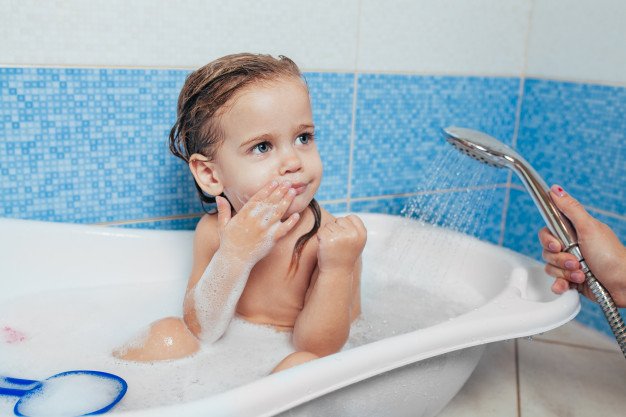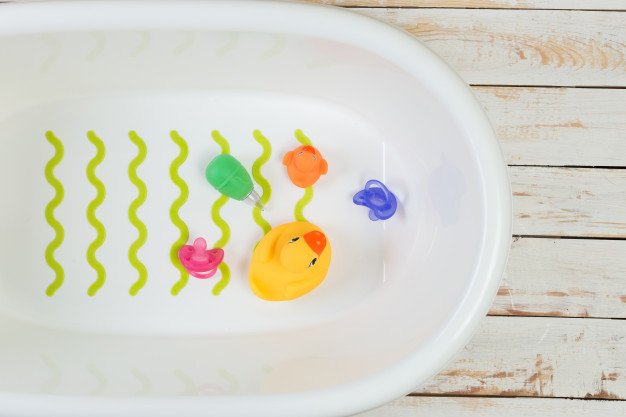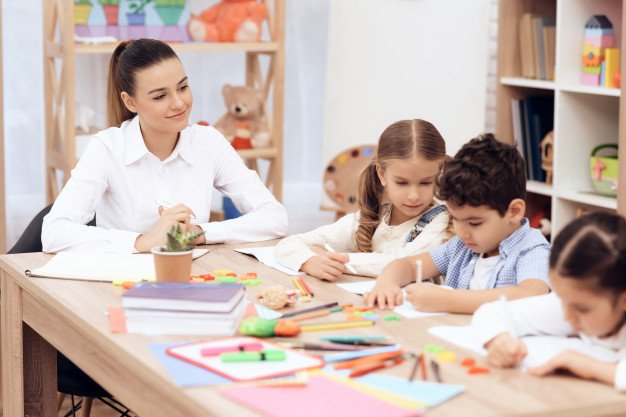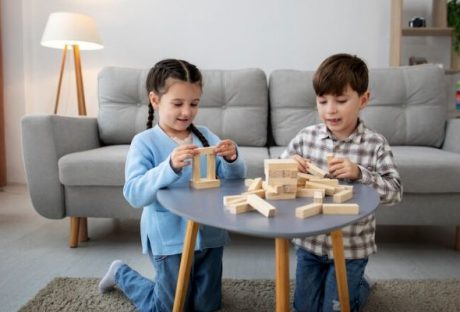The celebration you’ve been waiting for is almost here – your baby shower! Family and friends will join you in welcoming your new little one to the world, and you want everything to be perfect. Luckily for you, WebBabyShower has some great how-to tips to help you host an amazing baby shower, whether your bash is in-person or online!
Here are 6 Easy How-to Tips for Hosting an Amazing Baby Shower:
# 1. Set a Date
When should you schedule your baby shower? Traditionally, many moms-to-be have planned their baby showers for the beginning of their third trimester, hitting the 28-32 weeks mark. That’s because the new mom is still feeling pretty comfortable and up for a party. Plus, as her baby bump grows, so is her excitement for baby’s arrival! Most dads are feeling more excited at this point, as well.
How about a virtual shower? With an online shower, you have the flexibility to throw a shower in the same timeframe as a traditional shower, or even earlier/later if you want. What’s more, with a virtual shower, you’re not limited to a one-day celebration. Your baby party can last for days, months, even up until baby arrives – and beyond! Ultimately, it’s important to choose a date that feels right for you and your partner.
# 2. You’re Invited!
Now that the date has been chosen, it’s time to plan your invite list. If you’re going the traditional in-person route, your guest list may be limited by venue space and, let’s face it, your baby bash budget. So consider who you most want there on shower day to celebrate with you.
On the flip side, if you opt for an online party, you can invite as many people as you’d like – family, friends, co-workers, that sweet cashier at the market down the street (Kidding…sort of!). But seriously, with an online baby shower service, like WebBabyShower, you can invite as many – or as few – guests as you’d like!
# 3. Selecting & Sending Your Invites
The first glimpse of your shower that guests will see is your invitation. Invitations set the tone for your shower. It’s true! So when choosing your invitations, select an invite that reflects your unique style and personality, while setting the mood for a fun AND festive celebration.
Don’t forget, you have options for sending your invites – paper invitations, electronic invites, or a combo of both. Want to make your workload lighter? Some sites, like postable.com, allow you to choose and customize your cards online. Then they do the rest of the work – printing, stamping, and mailing – for you. How easy is that? If you need more invitation tips, check out these WebBabyShower articles!
Note: Remember to include all important information on your invitations, particularly any of the helpful techie details for an online event. Your guests will thank you!
# 4. A Budget-friendly Bash – Save on Décor & More!
If you’re all about saving money (and who isn’t?), then consider making cuts from the décor portion of your baby shower budget. Maybe you can borrow some decorations from a friend who recently had a baby. Or take a tour of your house to find ways to repurpose some things you already have on hand.
If you opt for a virtual baby shower, you’ll save some serious dough when it comes to your décor budget. How? It’s simple! Rather than decorating an entire venue, you only have to decorate the area around you that your guests will view on camera.
Another way to slash shower costs? Easy, skip the menu! With a virtual shower, you don’t have to hire a caterer or stomach the expense of splurging on a fancy cake. This equals more $$$ to spend on things you’ll really need once baby arrives, like diapers and wipes and more diapers!
Keep in Mind: If you DO want to share a meal or a sweet treat with virtual guests, ask everyone to show up on camera with a snack or a slice of their fave cake or dessert.
# 5. To Gift, or Not to Gift?
Some moms-to-be hope to be showered with lots of love AND lots of gifts, too, at their party. Other new mamas prefer to forego the presents. Either way is acceptable. It’s all up to the happy couple! One word of advice: let your guests know your preference. One way to do this tactfully (and without hurting anyone’s feelings) is to let guests know your wishes when you send your invitations. A brief note, such as “No Presents Please, We Prefer Your Presence!” or a simple “Please, No Gifts!” will suffice.
If you do want – and need! –gifts, there is also a way to let your shower family and friends know. Share your gift registry! Again, you can let your guests know which registries you’ve signed up for right on your invites. WebBabyShower makes it easy to upload your gift registry to share with loved ones.
Another important consideration for an online event, will you open gits on camera for family and friends to “OOOH!” and “AHHH!” over every adorable baby onesie you unwrap? Or do you prefer to open gifts in private and upload pics to share later? Again, it’s entirely your choice!
# 6. The Baby Shower Games
What’s a baby shower without fun games? We’ve nearly all played traditional, in-person games, such as Baby Shower Bingo. But did you know you can play games at your virtual shower, too? WebBabyShower features multiple games and baby quizzes. Popular games like “Guess the Baby Photo” are included, plus choose your quiz-based games, with a live ranking scoreboard! Unlike a traditional shower, you can play these games throughout the weeks leading up to your shower.
How about prizes? Most guests are beyond thrilled with bragging rights for the game-winners. But if you decide to give out prizes, gift cards make a great (and easy!) choice.
Let the Party Begin! We hope our how-to tips will assist you as you plan your upcoming baby shower, whether you opt for a traditional event or a virtual bash. WebBabyShower wants to help you spread your baby joy with family and friends, near and far. Let the party – and the fun – begin!
Read Also:






















